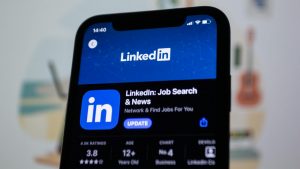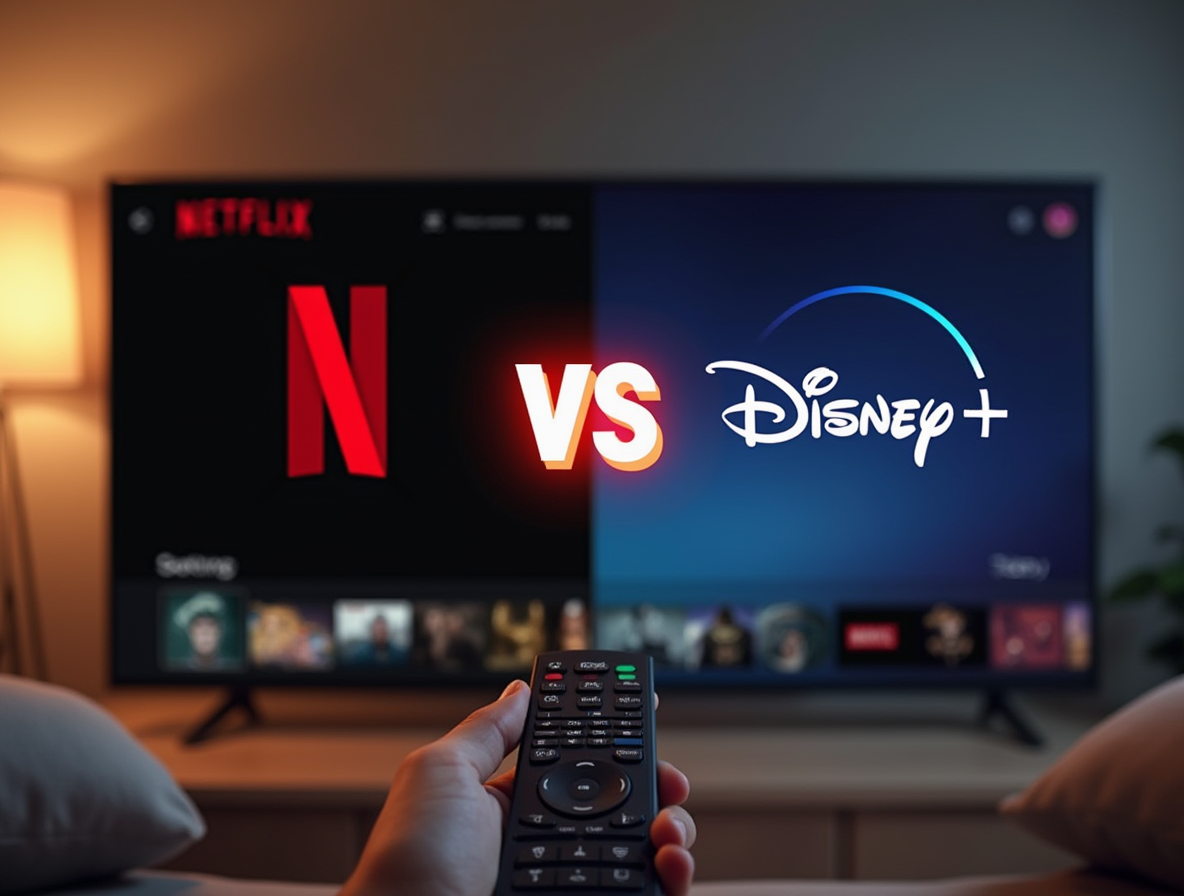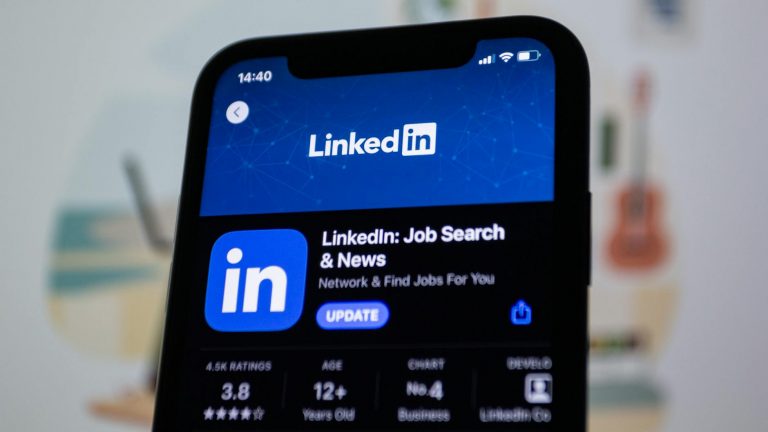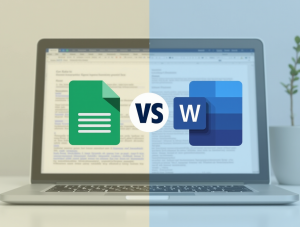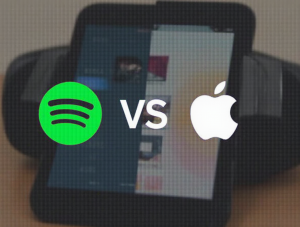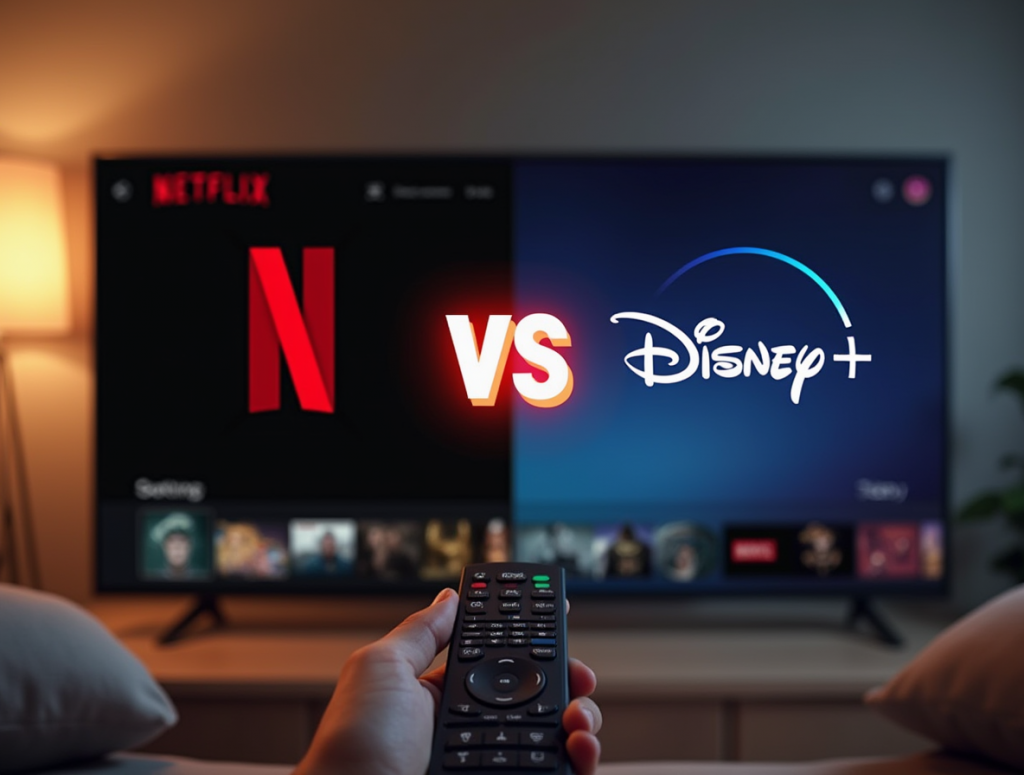
The average American now subscribes to four streaming services, spending approximately $47 monthly on digital entertainment. Yet, with tightening budgets and an increasingly fragmented content landscape, many viewers find themselves forced to make difficult choices about which services to keep. At the forefront of this streaming revolution stand two powerhouses: Netflix, the pioneer that transformed how we consume media, and Disney+, the formidable challenger backed by nearly a century of beloved entertainment.
As subscription prices continue to rise and exclusive content becomes the primary battleground, viewers increasingly question which service truly delivers superior value. Is Netflix’s vast library and innovative original programming worth the premium price? Or does Disney+’s portfolio of iconic franchises and family-friendly content provide better entertainment for your streaming dollar? This comprehensive comparison examines both platforms across content variety, original programming quality, user experience, and overall value proposition to help you determine which streaming service better aligns with your viewing preferences and entertainment needs.
Content Libraries: Depth vs. Recognizable IP
Netflix Content Overview
Netflix’s content strategy emphasizes breadth and diversity:
- Library Size: Approximately 5,800 titles in the US catalog (as of early 2025)
- Content Mix: Roughly 65% television series and 35% films
- International Content: Extensive library of non-English programming from 60+ countries
- Genre Diversity: Comprehensive coverage across all major genres and numerous niche categories
- Content Turnover: High rotation with hundreds of titles added and removed monthly
The platform’s strength lies in its sheer volume and variety, offering something for virtually every viewer preference and demographic. However, this approach sometimes creates a “content discovery” challenge, with quality programming potentially buried among less notable offerings.
Disney+ Content Overview
Disney+ focuses on quality over quantity with recognizable intellectual property:
- Library Size: Approximately 1,800 titles in the US catalog
- Content Mix: Balance of films, series, and specials
- Franchise Focus: Concentrated on five key pillars: Disney, Pixar, Marvel, Star Wars, and National Geographic
- Content Stability: Minimal rotation with emphasis on permanent library availability
- Age Appeal: Strong focus on family-friendly content with limited mature programming (available through the integrated Hulu section in some regions)
Disney+’s curation strategy prioritizes recognizable brands and established franchises, creating high recognition value but potentially limiting appeal for viewers seeking more diverse or adult-oriented content.
Original Programming: Innovation vs. Expansion
Netflix Original Content
Netflix has revolutionized television production with its original programming approach:
- Production Volume: Over 2,500 original titles globally
- Investment Scale: $17 billion annual content budget (2024 figures)
- Creative Freedom: Reputation for giving creators significant artistic latitude
- Innovation Track Record: Pioneered binge-release model and interactive storytelling
- Award Recognition: Consistent Emmy and Oscar nominee/winner
Standout Netflix original series include cultural phenomena like “Stranger Things,” “Squid Game,” “Bridgerton,” and critically acclaimed films such as “All Quiet on the Western Front” and “The Power of the Dog.”
Disney+ Original Content
Disney+ leverages its powerful franchises while expanding storytelling:
- Production Strategy: Emphasis on franchise expansion and character development
- Investment Focus: Concentrated on fewer, higher-budget productions
- Brand Consistency: Strong alignment with established franchise expectations
- Release Approach: Typically weekly episode releases to build anticipation
- Cross-Media Integration: Coordination with theatrical releases and other Disney properties
Notable Disney+ originals include Marvel series “WandaVision,” “Loki,” and “Ms. Marvel,” Star Wars expansions like “The Mandalorian” and “Ahsoka,” and original Pixar content like “Win or Lose.”
User Experience and Interface
Netflix Platform Experience
Netflix has refined its interface through years of data-driven optimization:
- Recommendation Algorithm: Sophisticated content suggestion system based on viewing patterns
- Interface Customization: Personalized browsing rows and tailored thumbnails
- Playback Features: Advanced playback controls including variable speed options
- Profile Management: Up to five distinct user profiles with individualized recommendations
- Accessibility Features: Comprehensive closed captioning and audio description options
The platform excels in content discovery and personalization but has faced criticism for auto-playing trailers and occasionally overwhelming interface density.
Disney+ Platform Experience
Disney+ emphasizes brand identity and content organization:
- Brand-Centric Navigation: Content organized primarily by franchise/studio
- Visual Presentation: Clean, minimalist interface with emphasis on cinematic imagery
- Family Features: Robust parental controls and kid-friendly profile options
- Technical Quality: Superior 4K HDR availability across legacy catalog
- Content Extras: Addition of behind-the-scenes features and deleted scenes
The service provides an intuitive, visually appealing experience but offers less sophisticated recommendation capabilities compared to Netflix.
Technical Quality and Device Support
Netflix Technical Specifications
Netflix provides variable streaming quality based on subscription tier:
- Resolution Options: 480p (Basic), 1080p (Standard), 4K HDR (Premium)
- Audio Quality: Standard stereo to Dolby Atmos (device-dependent)
- Offline Viewing: Available across all subscription tiers
- Simultaneous Streams: 1-4 depending on subscription level
- Device Compatibility: Supports virtually all modern streaming devices, smart TVs, and gaming consoles
Disney+ Technical Specifications
Disney+ offers consistent quality standards across all subscriptions:
- Resolution Options: Up to 4K HDR included in standard subscription
- Audio Quality: Dolby Atmos support on compatible content/devices
- Offline Viewing: Available for all subscribers
- Simultaneous Streams: Up to 4 concurrent streams standard
- Device Compatibility: Broad support across major platforms and devices
Disney+ generally provides higher baseline technical quality, while Netflix reserves premium features for higher-tier subscriptions.
Value Assessment: Cost vs. Content
Netflix Pricing Structure
Netflix employs a tiered pricing approach:
- Basic with ads: $6.99/month (1080p, one stream, limited library)
- Standard: $15.49/month (1080p, two streams)
- Premium: $22.99/month (4K HDR, four streams, spatial audio)
The platform has implemented stricter password-sharing controls and increased prices approximately once annually in recent years.
Disney+ Pricing Structure
Disney+ offers simpler pricing with recent increases:
- Disney+ Basic (with ads): $7.99/month
- Disney+ Premium (no ads): $13.99/month
- Disney Bundle options: Various combinations with Hulu and ESPN+ starting at $9.99/month
Disney has maintained more stable pricing but has implemented steady increases since launch.
Content Value Calculation
When assessing pure content-per-dollar value:
- Netflix: Approximately 375 titles per dollar monthly at the standard tier
- Disney+: Approximately 129 titles per dollar monthly at the premium tier
However, raw title count proves an inadequate measure of true value, as content quality, personal preference, and viewing habits significantly impact individual value perception.
Audience Fit: Who Benefits Most?
Ideal Netflix Subscriber
Netflix typically provides superior value for:
- Content Explorers: Viewers who enjoy discovering new shows and films
- International Content Fans: Appreciation for non-English programming
- Binge Watchers: Those who prefer consuming entire seasons at once
- Genre Diversity Seekers: Interest across multiple content categories
- Adult-Oriented Viewers: Preference for mature themes and content
Ideal Disney+ Subscriber
Disney+ better serves:
- Franchise Enthusiasts: Devoted fans of Marvel, Star Wars, or Disney properties
- Family Households: Multiple viewers across different age groups
- Quality-Over-Quantity Viewers: Preference for familiar, trusted content
- Technical Quality Prioritizers: Emphasis on 4K/HDR viewing without premium pricing
- Nostalgia Seekers: Interest in classic Disney content and legacy programming
Future Outlook and Industry Position
Netflix Strategic Direction
Netflix’s future strategy appears focused on:
- Continued international expansion and local content development
- Gaming integration and interactive content experiences
- Advertising tier growth and potential live programming expansion
- Original IP development and franchise building
- Content diversification across genres and formats
Disney+ Strategic Direction
Disney+’s future development suggests emphasis on:
- Franchise expansion through interconnected storytelling
- Premium-tier IMAX presentations and advanced viewing features
- International market penetration with localized content
- Tighter integration with theatrical release windows
- Potential bundling evolution with Disney’s other media properties
Making Your Decision
When choosing between these streaming giants, consider:
- Content Preferences: Franchise loyalty vs. content discovery
- Viewing Habits: Binge watching vs. weekly anticipation
- Household Composition: Age range of typical viewers
- Technical Priorities: Importance of 4K/HDR and audio quality
- Budget Constraints: Price sensitivity and value perception
Conclusion
The “best” streaming service ultimately depends on individual preferences and viewing habits rather than objective superiority. Netflix continues to excel in content diversity, discovery, and sheer volume, making it ideal for viewers who value variety and serendipitous content exploration. Disney+ delivers unmatched franchise quality, technical presentation, and family-friendly curation, better serving viewers with specific brand loyalty or households with varied age groups.
Many entertainment enthusiasts ultimately choose to subscribe to both services, using Disney+ as their franchise foundation and Netflix for broader content discovery. For those needing to choose just one, the decision should prioritize the content types and viewing experience that best align with personal entertainment preferences.
As streaming competition intensifies, both services continue to enhance their offerings, with Netflix expanding its original IP development and Disney+ gradually broadening its content scope. This evolutionary competition ultimately benefits consumers, driving quality improvements and content innovation across the streaming landscape.
FAQ Section
Which service has more new releases each month?
Netflix consistently adds more new content, averaging 50-70 new titles monthly compared to Disney+’s 10-20 additions. However, Disney+’s additions typically receive more marketing promotion and often connect to established franchises.
Can I watch 4K content on both services?
Yes, but with different access models. Disney+ includes 4K HDR streaming in its base subscription price, while Netflix reserves 4K content for its premium tier subscribers at $22.99/month.
Which service is better for children’s programming?
Disney+ offers superior children’s content with stronger parental controls, more recognizable characters, and a deeper library of family-friendly programming. Netflix provides a good children’s section but with less consistent quality and brand recognition.
Do both services work internationally while traveling?
Both services support international viewing while traveling, though available content libraries vary by region due to licensing restrictions. Disney+ typically maintains more consistent global content availability due to owning most of its library.
Which platform releases new episodes weekly versus all at once?
Disney+ typically follows a weekly release schedule for new episodes of original series, building anticipation and discussion. Netflix predominantly uses the all-at-once model, releasing entire seasons simultaneously, though it has experimented with split seasons for major shows.



